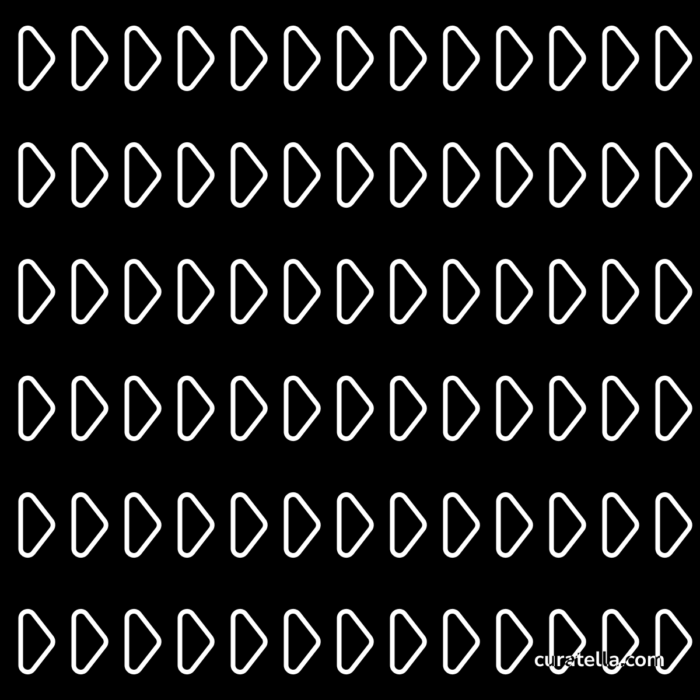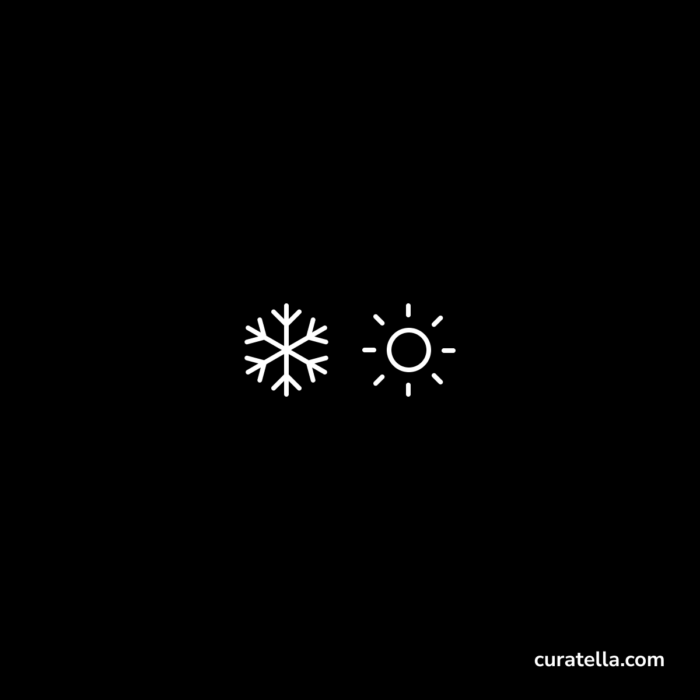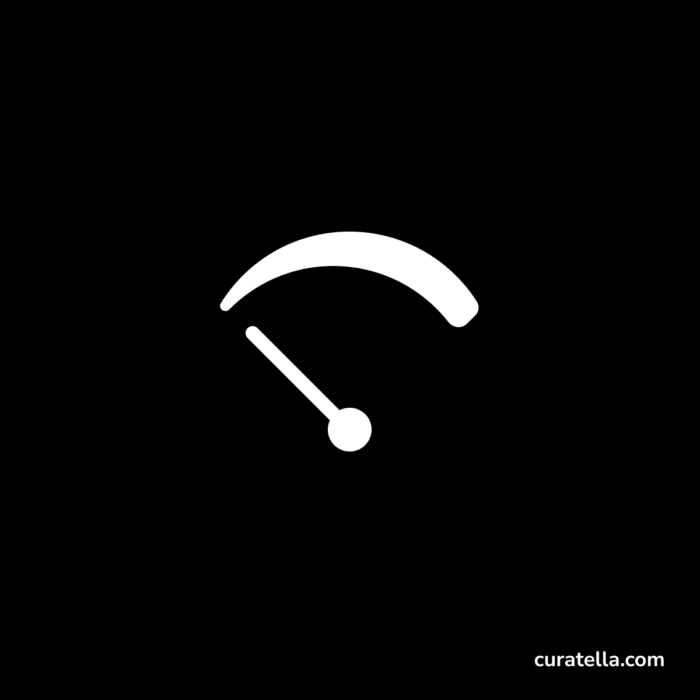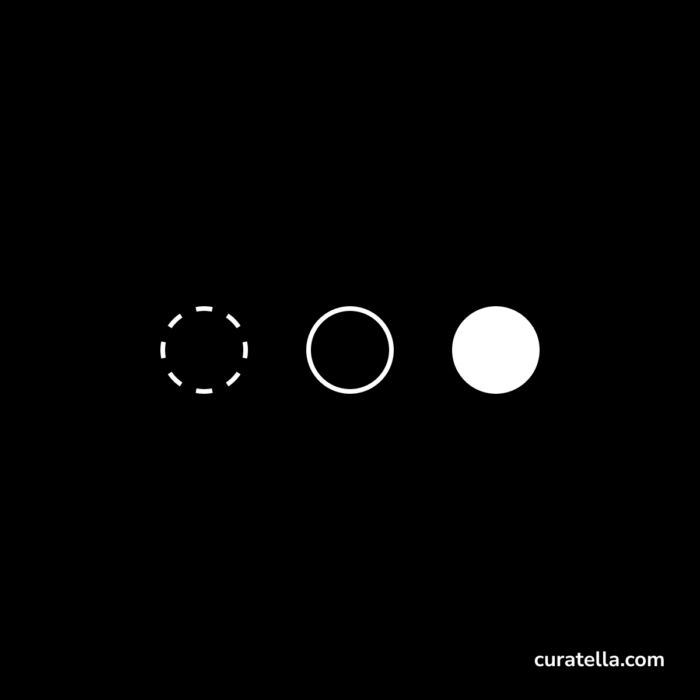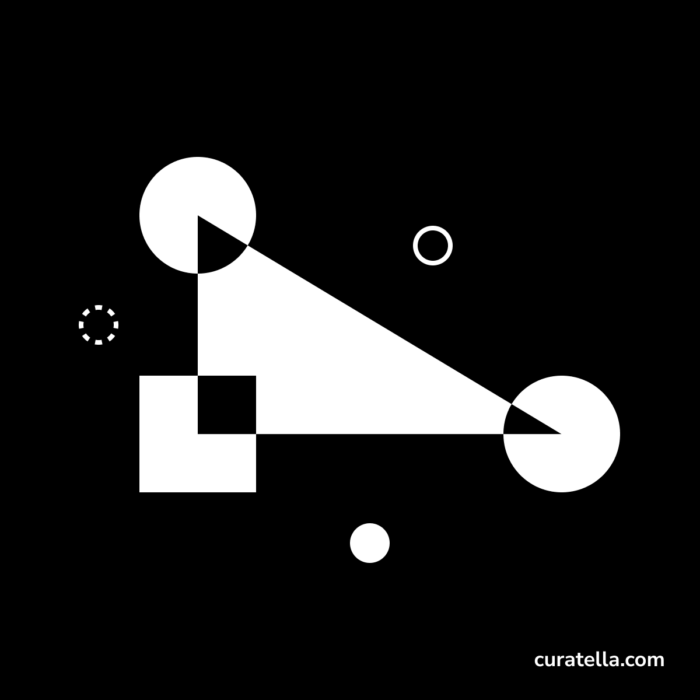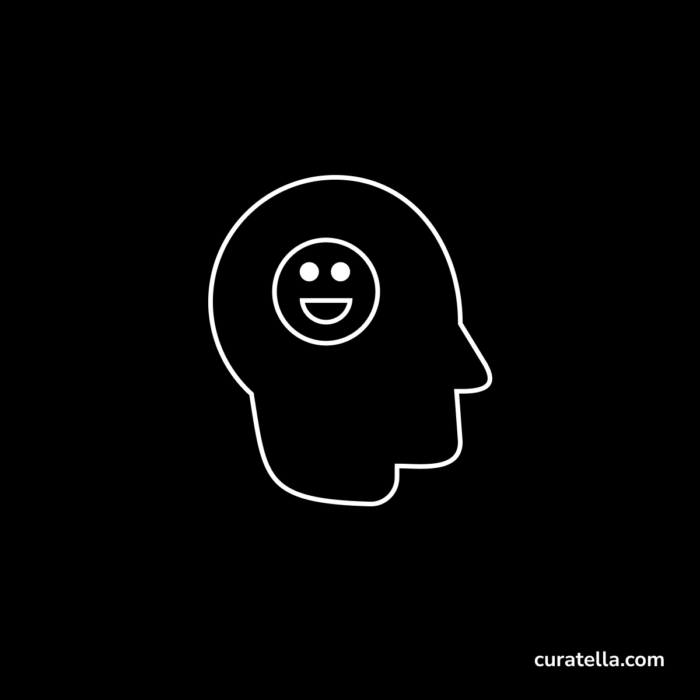The Most Basic Form of Mind Control is Repetition
Like sand piling up on the shore
Creativity preparation rituals: infallible!
Rebranding the obvious
Planning revisions to prepare for reflection
Creative technique: 1-2-3
Creative technique: list ideas following a prompt
Constrain your creativity to make it easy
What to write when you don’t know what to write
Creativity makes you happy

